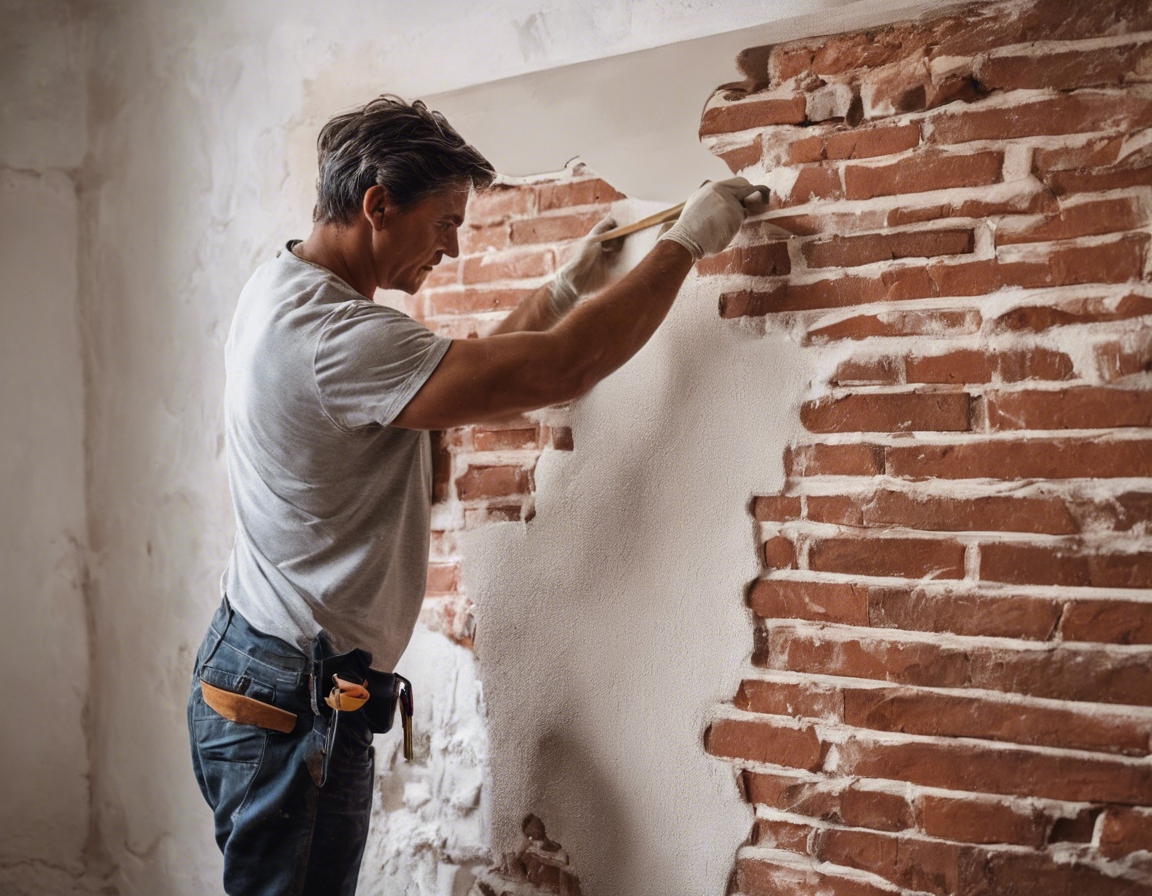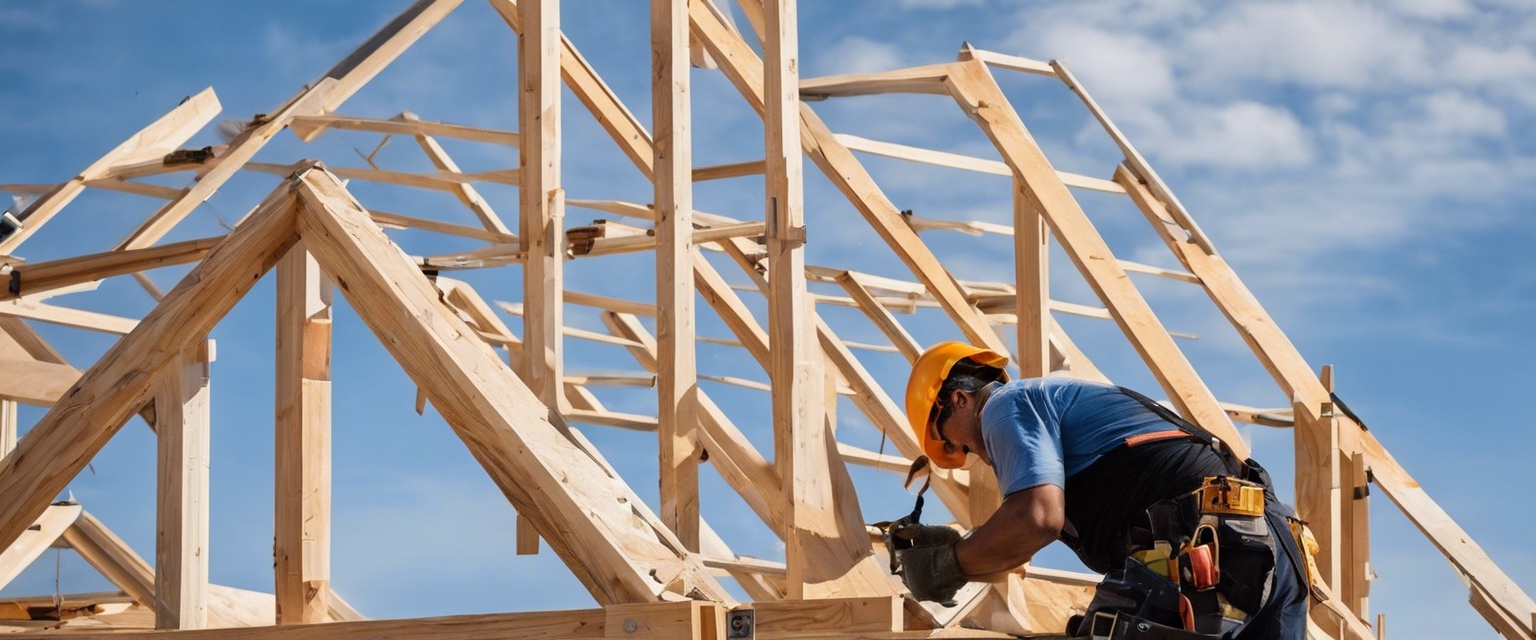5 trends shaping the future of sustainable construction
As the construction industry evolves, sustainability has become a cornerstone of modern building practices. Sustainable construction involves the use of environmentally friendly materials and processes that minimize waste, reduce energy consumption, and create healthier living spaces. This approach not only benefits the environment but also offers long-term economic advantages for homeowners, developers, and public sector entities.
Emerging Trends in Sustainable Construction
The shift towards green building materials is a significant trend in sustainable construction. These materials are sourced from renewable resources, have a lower carbon footprint, and are recyclable or biodegradable. Examples include bamboo, recycled steel, and low-VOC (volatile organic compounds) paints. The use of these materials contributes to healthier indoor air quality and a reduced environmental impact.
Energy efficiency is at the forefront of sustainable construction. Innovations such as high-performance insulation, energy-efficient windows, and LED lighting are becoming standard. Moreover, the integration of renewable energy sources like solar panels and wind turbines is gaining traction, enabling buildings to produce their own clean energy and even contribute to the grid.
Water conservation techniques are increasingly important in sustainable construction. Low-flow fixtures, rainwater harvesting systems, and efficient irrigation methods are being implemented to reduce water usage. Additionally, greywater recycling systems allow for the reuse of water from sinks and showers in landscaping, further conserving this precious resource.
Smart technology is revolutionizing sustainable construction by enabling buildings to be more efficient and responsive to occupants' needs. Smart thermostats, sensors, and building management systems can optimize energy use, while IoT (Internet of Things) devices provide real-time data to manage resources effectively.
The circular economy is a model that promotes the reuse and recycling of materials to minimize waste. In construction, this can mean designing buildings for disassembly, so that materials can be repurposed at the end of their life cycle. It also involves using recycled materials in new construction projects, creating a closed-loop system that benefits the environment and economy.
The Impact of Sustainable Construction Trends
These trends in sustainable construction are not just passing fads; they represent a fundamental shift in how we build and inhabit spaces. By embracing these practices, the construction industry can significantly reduce its environmental footprint, create more sustainable communities, and offer long-term value to clients. For homeowners, real estate developers, and public sector entities, these trends are shaping a future where construction is in harmony with the environment, providing spaces that are efficient, comfortable, and responsible.






Comments (0)